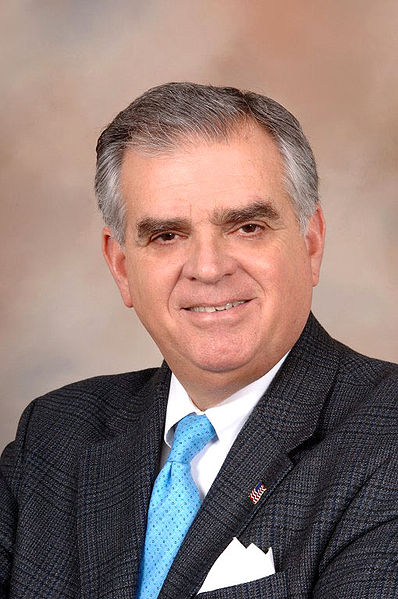Merit-based program an excellent model for the next transportation authorization
The Obama Department of Transportation today broke historic ground in unveiling projects chosen in a first-ever program to award federal dollars on a competitive basis to innovative projects that address economic, environmental and travel issues at once.
The 51 projects announced under the TIGER grant program, funded by $1.5 billion included in the American Recovery and Reinvestment Act (ARRA), meet a broad array of challenges, including:
- Bridge replacements in Oklahoma, Michigan, Wisconsin, Kentucky and Indiana that can support multiple modes of travel;
- Port and freight-rail projects to spur economic growth in Tennessee, Alabama, Mississippi, Virginia, Hawaii, Pennsylvania and Ohio;
- Modern streetcar construction to support vibrant urban corridors in Tucson, Dallas, Portland and New Orleans and light rail in Detroit;
- Innovative highway funding and operations in Texas, North Carolina, Colorado, South Carolina and Arkansas;
- Bicycle and pedestrian networks in Philadelphia, Indianapolis, and a complete streets project in Dubuque, IA;
- The long-awaited rebirth of New York’s former Penn Station as Moynihan Station.
“These are the kinds of projects that will create good paying jobs, spur local economic development, revive our city centers and create regional integrated transportation solutions,” said John Robert Smith, the co-chair of T4 America and former Mayor of Meridian, Mississippi. “Today’s announcement clearly shows the administration’s commitment to supporting livability initiatives in metropolitan regions, smaller communities and rural areas alike.”
A complete list of recipients can be found on the US DOT press release.
Project applications had to show multiple benefits, with priority give to these criteria: 1) that projects improve the condition of existing facilities and systems, 2) contribute to the economic competitiveness of the U.S. over the medium- to long-term, 3) improve the quality of living and working environments for people, 4) improve energy efficiency, reduce dependence on foreign oil, reduce greenhouse gas emissions and benefit the environment, and 5) improve public safety.
Secretary LaHood spoke from Kansas City, showcasing the city’s Green Impact Zone, an area of high unemployment and concentrated poverty that is being revitalized with green buildings, clean transportation options including public transportation and bicycle and pedestrian projects.
DOT Secretary Ray LaHood noted that the program was extraordinarily sought-after, garnering 1,400 applications totaling nearly $60 billion for the $1.5 billion pot. “The sheer popularity of this ground-breaking approach is testament to how many states and localities are struggling to build innovative projects that simply don’t happen under the pre-existing program,” Mayor Smith said.
“We hope this is a glimpse of what the next transportation authorization could look like,” Smith added. “Congress needs to build on this success and authorize the surface transportation program along similar lines to support innovation and integrated transportation solutions in communities of all sizes.”






 U.S. DOT Secretary Ray Lahood
U.S. DOT Secretary Ray Lahood